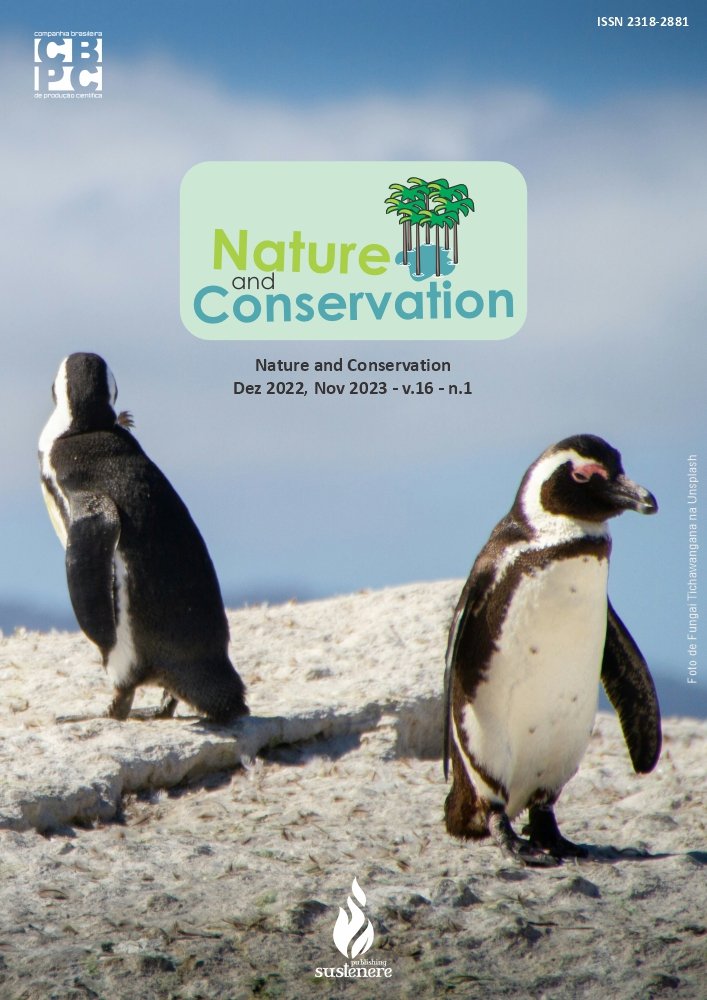Reflections on the performance of the Minha Casa Minha Vida Program (PMCMV): study in Teresina, Piauí
DOI:
https://doi.org/10.6008/CBPC2179-6858.2021.011.0028Keywords:
Popular housing, Social housing, Housing deficit, Urban segregationAbstract
Housing is a basic need and a social right, and it must be ensured to the population in quantity and in places that promote the social and economic development of the beneficiaries. Between 2009 and 2020, the Minha Casa Minha Vida Program (PMCMV) was the main housing construction tool in Brazil, being a strong reference for its successors, so that its analysis can guide the measures to be adopted. Thus, this article seeks to verify the performance of the PMCMV, regarding its goals, public resources invested and distribution of contracts in the country, as well as to reflect on the spatial configuration of the PMCMV projects in Teresina, Piauí. After collecting data from the Ministry of Regional Development and the João Pinheiro Foundation, the distribution of hiring and investments by age group and year in Brazil and by geographic regions was statistically compared, also comparing it with the housing production targets established by the government in the period. In Teresina, in addition to the distribution analysis applied in other spheres, which included a view by typology (house and apartment), the data were compared with the economic development of neighborhoods in this municipality. It was found that tier 1 was a priority in the hiring of the Program only in the North and Northeast regions, even though it is the main component of the housing deficit throughout the country. The achievement of goals and productivity varied throughout the Program and need to be improved to optimize housing production. In Teresina, although tier 1 accounted for most of the hirings, there was both economic and spatial peripheralization, promoted by the PMCMV, and at levels inversely proportional to the income of beneficiaries, indicating segregation even within the program. The market's interests, once again, prevailed over the quality of life of citizens, especially the poorest, being imperative to change priorities in government measures aimed at promoting the urban insertion of low-income housing and providing the inclusion of beneficiaries with better access to opportunities for employment and income and less need to travel, thus ensuring that residents exercise their right to the city.
Downloads
Downloads
Published
Issue
Section
License
Copyright (c) 2021 Ibero-American Journal of Environmental Sciences

This work is licensed under a Creative Commons Attribution-NonCommercial-NoDerivatives 4.0 International License.
The CBPC - Companhia Brasileira de Produção Científica (Brazil CNPJ: 11.221.422/0001-03) the material rights of the published works. The rights relate to the publication of the work anywhere in the world, including rights to renewals, expansions and dissemination of the contribution, as well as other subsidiary rights. All electronically published works may subsequently be published in printed collections under the coordination of this company and / or its partners. The authors preserve the copyright, but are not allowed to publish the contribution in another medium, printed or digital, in Portuguese or in translation.









